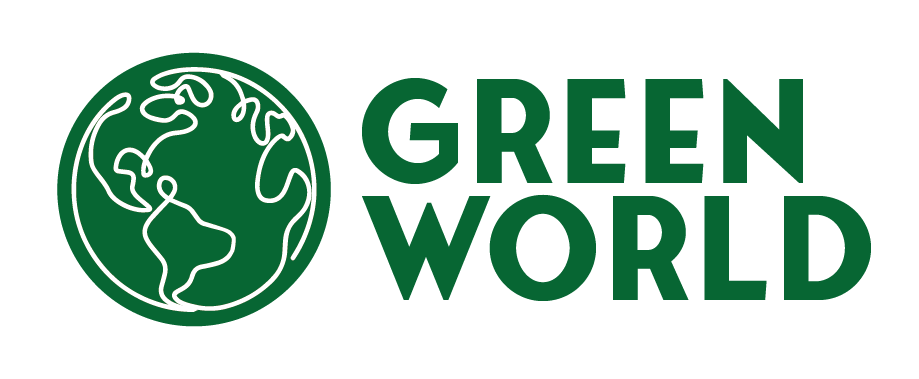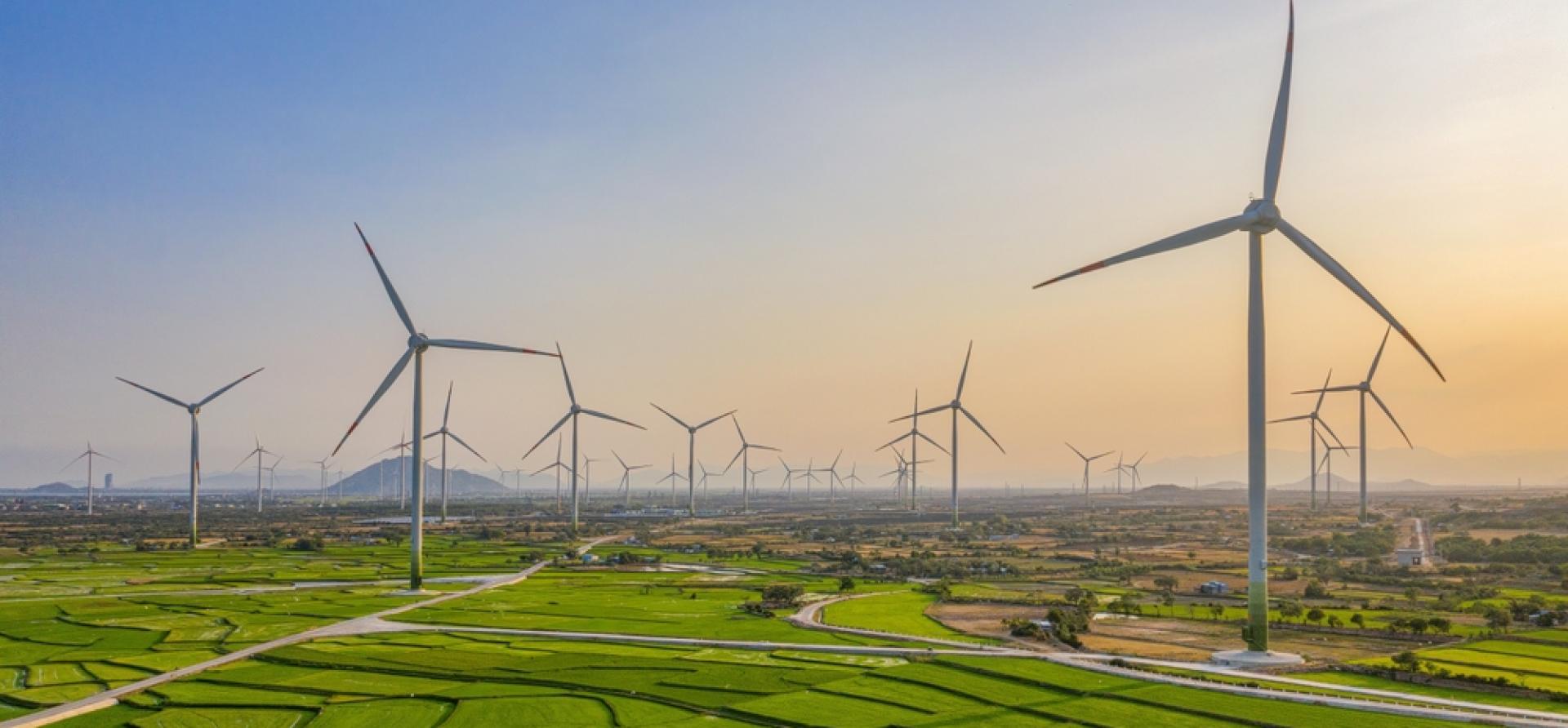Middle East: A New Dawn in Energy – From Oil Fields to Solar Farms and Green Hydrogen Hubs
The Middle East is embarking on an unprecedented energy transformation, strategically pivoting from its historical reliance on oil and gas towards a future powered by renewable energy and clean technologies. This monumental shift is not merely a regional aspiration but a critical component of the global energy landscape, aiming to meet escalating energy demands while championing environmental sustainability. The region is strategically leveraging its abundant natural resources, particularly solar and wind, to ignite a green energy revolution that aligns with the ambitious climate goals outlined in the Paris Agreement, positioning itself as a global leader in clean energy innovation.
Massive Investments and Shifting Paradigms in Energy Investment
While the Middle East has long been synonymous with oil wealth, with top producers like Saudi Arabia, the UAE, Iraq, Iran, and Kuwait calling it home, a significant portion of investments has traditionally been directed towards fossil fuel supply. Currently, for every $1 invested in fossil fuels, only $0.20 goes into clean energy. However, this trend is rapidly changing. The International Energy Agency (IEA) estimates that by the end of 2024, the Middle East will have invested approximately $175 billion in its energy sector, with 15% earmarked for clean energy. Looking ahead, under the Announced Pledges Scenario (APS), the region’s clean energy investment is projected to more than triple compared to 2024 figures, signifying a future where every $1 invested in fossil fuels will be matched by $0.70 of clean energy investment by the end of the decade. This ambitious development is underpinned by aggressive strategies and commitments, including net-zero emissions targets by 2060 for Saudi Arabia, Bahrain, and Kuwait, and by 2050 for the UAE and Oman.
Solar Power Leads the Charge
Solar power stands at the forefront of the Middle East’s energy transition. Saudi Arabia, for instance, is projected to achieve a solar capacity of 40 GW by 2030 as part of its Vision 2030 goals. Significant projects include the 2.6 GW Al Shuaibah Solar Power Plant. The UAE has heavily invested in solar energy, notably with the Mohammed bin Rashid Al Maktoum Solar Park. This monumental project aims to generate 5 GW of solar power by 2030, poised to become the world’s largest single-site solar park. With a total investment of AED 50 billion, its completion is anticipated to save over 6.5 million tonnes of carbon emissions annually. Beyond these giants, Qatar is also actively investing in solar energy projects, with plans to generate 10% of its electricity from renewable sources by 2030, anchored by the flagship Al-Kharsaah Solar Power Plant. Kuwait’s Shagaya Renewable Energy Park, incorporating solar projects, is crucial for the country to meet its goal of generating 15% of its energy from renewables by 2030.
Harnessing the Wind and Pioneering Hydrogen
Beyond solar, many Middle Eastern countries are strategically harnessing their vast desert landscapes for wind energy investments. Saudi Arabia’s 400MW Dumat Al Jandal project exemplifies this, set to become the country’s first and the region’s largest wind farm. This $500 million investment is projected to displace nearly 1 million tonnes of carbon emissions annually. Further reinforcing this commitment, Saudi Power Procurement Co. has signed power purchase agreements for two significant wind farm projects: the 600-MW Al Ghat and 500-MW Wa’ad Al Shamal. The Al Ghat project achieved a world record for the lowest wind energy production cost at an astonishing 1.56558 cents/kWh, while the Wa’ad Al Shamal project secured the second-lowest at 1.70187 cents/kWh. Oman has also successfully implemented multiple wind power plants through public-private partnerships, demonstrating a robust legal framework supporting such collaborations.
In parallel, investments in energy storage and hydrogen are rapidly gaining momentum. The Middle East is poised to become a global hub for green hydrogen exports, with hydrogen production in the region forecasted to account for 30% of the global market by 2050. Energy storage technologies are also set for significant growth, with a projected compound annual growth rate (CAGR) of 20% through 2028. These advancements are critical for addressing the intermittent nature of renewable energy sources and ensuring a stable supply for future generations. Oman recently awarded its first green hydrogen block to a consortium through a public-private partnership, a strategic move to position the country as a major exporter in the global hydrogen market.
Innovative Financing and Public-Private Synergy
To achieve ambitious energy targets, governments and energy entities must attract substantial investment. The International Renewable Energy Agency (IRENA) estimates that between 2021 and 2030, $30 billion annually is needed worldwide for grid and mini-grid renewable energy infrastructure. Bridging this funding gap necessitates robust collaboration between the private and public sectors. In the Middle East, sovereign wealth funds, such as Saudi Arabia’s Public Investment Fund (PIF) and the UAE’s Mubadala, are leading investors in renewable energy projects. The PIF notably became the first sovereign wealth fund globally to issue green bonds, raising $3 billion in 2022 and an additional $5 billion in 2023. As of mid-2024, $5.2 billion from these issuances has been allocated to environmentally focused projects. Masdar, the UAE’s leading clean energy company, further reinforced its sustainability credentials by successfully raising $1 billion through its second green bond issuance in July. Sustainable bond issuances in the Middle East totaled $16.7 billion in the first three quarters of 2024.
A significant development in financing is the UAE’s launch of Alterra at COP28. This $30 billion climate-focused investment initiative aims to mobilize up to $250 billion for clean energy projects by 2030, particularly in developing countries. Dr. Sultan Al Jaber, chairman of the fund, noted that Alterra has already placed $6.5 billion with partners like BlackRock, TPG, and Brookfield, with a significant portion dedicated to creating emerging market funds focused on climate-transition investments. Beyond traditional financing, carbon financing is also emerging as a crucial tool. Saudi Arabia has launched the Regional Voluntary Carbon Market Company (RVCMC) to scale up the voluntary carbon market , while the UAE Carbon Alliance has pledged to purchase $450 million worth of African carbon credits by 2030. Public-private partnerships (PPPs) are vital instruments driving the energy transition, offering solutions to balance energy security, affordability, and sustainability. Governments provide policy direction and regulatory support, while private companies contribute technical expertise, investment, and innovation. Saudi Arabia’s National Renewable Energy Programme (NREP) has attracted major international investors through a transparent regulatory framework and a clear commitment to supporting PPPs. The Mohammed bin Rashid Al Maktoum Solar Park in Dubai is a prime example of a successful PPP model, developed in collaboration between the Dubai Electricity and Water Authority (DEWA) and various private sector entities.
Risk Management and Future Outlook
While the shift towards clean energy presents immense opportunities, it is not without challenges, including financing, regulatory frameworks, and technological scalability. Managing risks is crucial, encompassing technical risks like technological failures and cyber threats, economic and market risks such as interest rate fluctuations and policy changes, geographical risks including political instability, and resource and environmental risks like inaccurate resource potential estimation and ESG factors. The Middle East has demonstrated an above-average approach to risk management compared to global peers, excelling in hardware-related risk management due to access to vast land, substantial capital investments, and modern facilities. Integrating modern risk management strategies, including the use of AI for scenario planning, stress testing, and predictive maintenance, is becoming more prominent. With over $100 billion in clean energy projects currently under development across the region, the Middle East is well-positioned to overcome these hurdles and emerge as a global leader in renewable energy innovation. This energy transition is set to unlock significant economic opportunities, create new jobs, and ensure long-term energy security for future generations.



